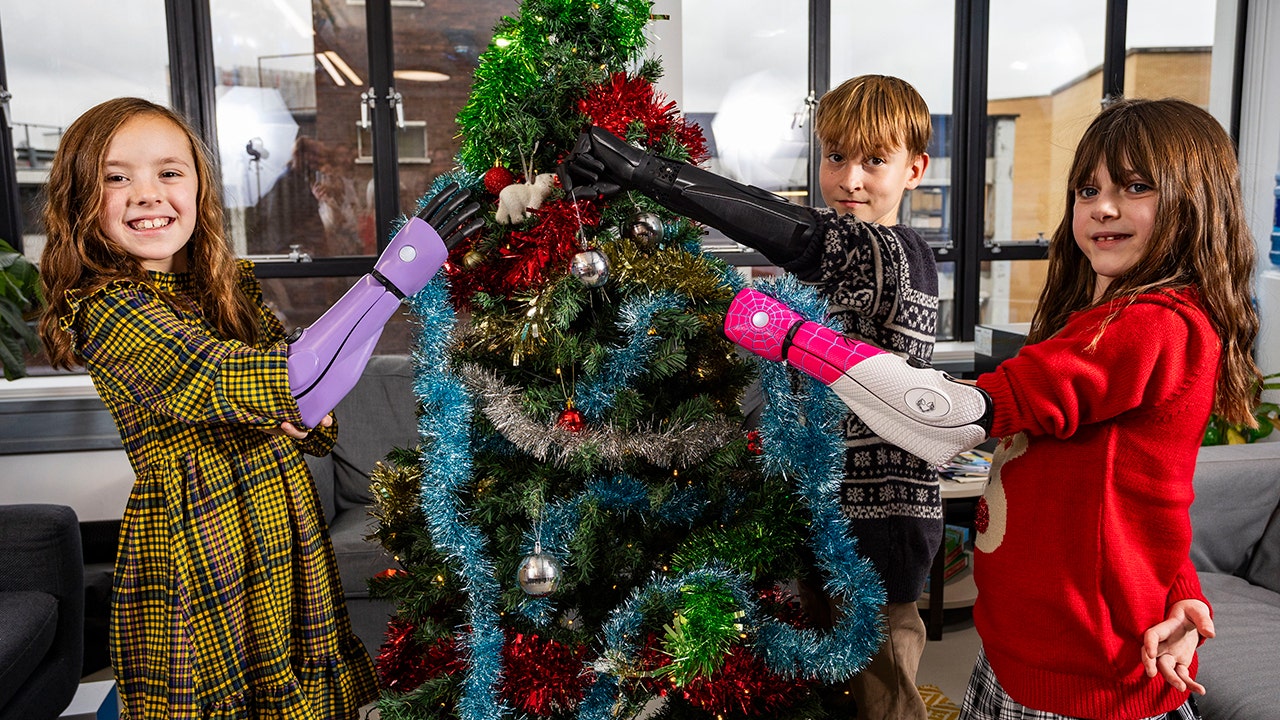Contrary to doomsayers’ predictions, robots have yet to become our overlords — but they could soon become our coworkers.
That’s the goal of electronics maker Apptronik, creator of Apollo, a mass-producible humanoid robot from. The robot, which was unveiled in August, is designed to work seamlessly alongside humans in warehouses and manufacturing plants, taking up hard-to-fill jobs at companies grappling with labor shortages, the company said in a statement.
“We believe that Apollo is one of the most advanced tools humanity has ever created — how we apply it will change the way that we live and work,” Jeff Cardenas, co-founder and CEO of Apptronik, said in a statement.
Apptronik
Apollo is 5 feet 8 inches tall and 160 pounds, and can lift up to 55 pounds. It has two arms and legs, dexterous fingers and a “human-like countenance” with small black eyes to facilitate “friendly interactions” with co-workers.
Those human-like features will allow it to work in warehouses and manufacturing plants in the “near term,” the company said. In the future, the droid, described by Apptronik co-founder and CEO Jeff Cardenas as “the iPhone of robots,” might also prove useful in retail, home delivery, and even elder care.
The robot communicates through a set of digital panels on its face and chest, on which are also displayed its charge and current task, along with “a human-like countenance.” The robot’s batteries supply four hours of running time, after which they can be swapped out to avoid prolonged work disruptions or plugged into a charge during which time it is not operational.
Rise of the robots
Apollo isn’t the only robot that could soon be working alongside humans. In 2022, Tesla CEO Elon Musk introduced a prototype for an AI-powered humanoid robot called Optimus that can walk around and pick things up.
By 2025, robots could replace as many two million workers in the manufacturing sector alone, a report from economists at MIT and Boston University shows.
















































